Nourishing Food for the Spleen, Stomach and Earth Element


This week I am continuing the theme of the Earth element within the Chinese medicine 5 element system. As I talk about specific nourishing food for the Spleen, Stomach and for the Earth Element overall, I think you will see the commonalities. All these foods are – simply put – quite earthy.
This post is a part of a series about the Earth element in Chinese medicine.
Part 1: The Earth element and the functions (and pathologies) of the Earth organs, the Spleen and Stomach
Part 2: This post on nourishing the Earth Element through food for the Spleen and Stomach
Part 3: Spleen 6 Acupressure point for supporting the digestion, the womb, bleeding and the lower abdomen, and grounding for anxiety (coming out next Sunday).
Okay – back to foods for nurturing the Earth Element!
Below are some nourishing Earth foods to add into your diet during the Earth season (late summer) or during the 15 days surrounding the change of seasons, or any time your Spleen and Stomach could use some support.
Some are slightly sweet, some are orange, and all have a level of earthiness to them.

Leave Milk to the Babies
Foods that are slightly sweet, like whole grains, root vegetables, autumn ripened fruit and rich nuts, are nourishing to the Earth element and the Spleen and Stomach.
Each of the five elements have an associated flavor; for Earth it is sweet.
Is it no wonder? Think of the milk a nursing parent produces for their young. The milk from lactation is warm (coming from the source, of course), fatty and sweet. To me, colostrum tastes like carmel (yeah I tried it, wouldn’t you?).
This is the ultimate Earth tonifiying food for babies, who are born with a completely immature digestive system and need all the easily assimilated nourishment they can get.
Yet you won’t find dairy on top of the list of Earth tonifying foods, however!
Yes, animal milk it is quite nourishing, but us adults don’t always need this level of building and easy digestibility. In fact, from a Chinese perspective, animal milk is damp and phlegm forming – which is pathogenic for the Spleen and Stomach.
Sweet and easily assimilated food of all sorts (like white flour, white sugar, simple carbs) are a major contributor to an overburdened Spleen aka Spleen Qi Stagnation. And the easily broken down carbohydrates contribute to insulin resistance.
Years ago my mind was blown when I realized that a part of insulin resistance is carbohydrate poisoning. Dosing is everything with biochemistry. Too much of a good thing can be harmful.
Maybe that is why most humans lose the ability to produce the enzymes to fully digest milk around the age of four or five (when human young were typically weaned). We just don’t need that level of sustenance any more, and our digestion has become strong enough to extract nourishment from all sorts of food.
There are two spots around the globe where humans eveloved a work-around for animal milk digestion: Northern Europe and the Horn of Africa. It is interesting that the way that these two groups of humans digest milk are different – evoliton is so fascinating!
I am almost 100% Northern European descent – save for some Czech and Polish. But yet I still can’t do dairy – it’s always come up on food intolerance tests for me. Keep in mind that we drank FRESH RAW milk, unpasteurized, and often cultured, from grass-fed animals who didn’t get milked all year round. The milk in American commerce is simply cannot compare.
How to eat is as important as what we eat
First and foremost, eating is not about perfection or getting it right.
We can feel that when we go through the motions of eating without a connection to the food and the Earth and the people and creatures who assist the food along its journey from soil to plate something is missing. Relationships with our food and the larger community web around it, and and the relationship to our own nourishment on a micro, cellular level are both vital to our wellbeing.
There’s a joke.
Kid asks father: Why is the food so cold and bland?
Father: Your mother put her heart and soul in it.
Again, it’s not about getting it right. But a little loving, nourishing intention and appreciation can go along way.
The Earth organs, through their digestive processes, are at the heart of making vital energy for our entire being (read about their functions in the body here).
To help the Spleen and Stomach function at their best, consider all aspects of eating, not just the food stuffs we put in our mouth.
Michael Pollen’s book Food Rules: An Eater’s Manual is set in three parts: what to eat, what not to eat and (my favorite) how to eat.
Attitudes and practices around eating is just as important, if not more important, than what we actually eat. Ideally, we eat with intention and enjoyment, and good digestion follows.
Pitchford touches on this, too. Why force yourself to eat a bowl of brown rice that you don’t like just because you think you should? That’s not healthy. And if you are going to eat a cookie even though you think you shouldn’t, enjoy it! Make it the best damn cookie experience you’ve ever had.
Remember that part of the Earth element is about being intentional, and doing so with eating adds to the nourishing experience.
How does being intentional and grounded around eating manifest for you?
What are your favorite things about eating, and how can you bring that into your life more?
One thing that is important for me is eating at a clear table. When I take the time to clear off the kitchen table and prepare for the eating experience, I honestly feel more relaxed and joyous.
Add in a floral centerpiece, mood lighting, some soft music and a tablecloth, and suddenly eating dinner is the highlight of my day.
Afterwards, the rest of my evening flows effortlessly to a close and I feel brimming with joy and appreciation for the food, home, family and friends that nourish me.
Regular eating times are also important for me. I follow my body and prioritize eating above all else. I show up for my meals, and my meals show up for me (in the form of nourishment).
Food for the Spleen and Stomach
Sweet in the Taoist/Chinese medicine tradition is completely different from sweet in our modern culture. Refined or concentrated sugars are sweet indeed, but they are extremely sweet and thus damaging to the Earth organs.

Give Whole Grains a Chance: Whole vs Refined Grains
The sweet flavor here refers to the taste of highly nourishing and nutrient dense whole grains.
Grains are slightly starchy and a good source of complex carbohydrates, and these qualities make them ideal for building strength.
Paul Pitchford gives much attention to the difference between the idea of grains in our modern culture compared to how they are used by traditional people.
Grains have been essential ruined (this is my opinion, not Pitchford’s) by large-scale farming and the industrialization of formerly whole and simple food to “food products”. Highly processed cereal, girts, flours, white rice, and their boxed, bagged or frozen varieties are the grains we are used to consuming – and seeing.
In a lecture about TCM in the herbalist’s clinic, Jason Miller describes precisely how cereal is a not a food (it’s a food product): a grain was harvested, stored in a warehouse, shipped to a mill where it was ground, stored as a flour for who knows how long, then it is shipped to a factory, mixed with some other ingredients to make a slurry, sprayed on a probe to create a shape while heated to be cooked, packaged, shipped to a warehouse where it sits for who knows how long, shipped to a store where it sits for who knows how long, then you buy it and bring it home, mix it with milk and eat it.
That resonates with me because I’ve always had a hard time with cereal, even as a kid. Protein and fat were/are more my things, which I believe is part of the Lyme picture among other reasons. When I began being interested in whole foods when I was 19, I discovered I loved slow cooked grains in the crockpot, especially steel cut oats.
Afternoon oats ritual
When I was pregnant with my first child, I had two cravings I couldn’t shake.
One was Arby’s (hadn’t had that for YEARS) and the other was Quaker instant oatmeal peaches and cream flavor (also hadn’t had for YEARS). When I was travelling at 12 weeks pregnant, I pulled over to an Arby’s and fulfilled that craving – it was satisfying as I had hoped, but I was surprised I didn’t get sick 🙂
A couple months later I walked to the conventional grocery store and found the Peaches and Cream oatmeal. I was sorely disappointed. It did not taste as yummy as I recalled when I had had it last, which was probable when I was 9 years old. And it DID make me sick. Part of the reason was I couldn’t handle dairy.
Rob, being the wise man that he is, said, “why don’t you make long cooked oatmeal with sliced peaches and coconut milk”?
Yeah, why didn’t I? I have no idea. But I started making oatmeal for 4 o’clock snack for the rest of my pregnancy and through to this day – the kids and I still eat oatmeal for 4 o’clock snack to this day, 6 years later.
Eating oat groats or wheat berries, or even brown rice, is a radically different culinary and nutritional experience than eating their refined counterparts.
And as the ultra-refinement of grains has been recognized – to a level of being the antithesis of life-giving – grains have bared the brunt of much criticism and fads that shun them. Perhaps copious amounts of white flour should be shunned, but let’s not apply that heavy hand to all grains, properly prepared and in their whole form.
“If prepared in balance with individual needs, grains satisfy hunger and taste, provide energy and endurance, calm nerves, and encourage deep sleep. They promote elimination, quick reflexes, long memory, and clear thinking.” (Pitchford)
That being said, I sometimes have to watch grains and reduce them when I am in states of blood sugar dysregulation. We all have different bodies and biochemistry. This is not a blanket statement that EVERYone needs to eat whole grains. Too many of the grains we eat are quickly consumed (like junk food, snack food, boxed foods) and quickly broken down. This is hard on our bodies a lot of the time.
However, too few people eat soaked and slow cooked whole grains which are a different experience.
Through soaking (which is like a pre-digestion process) 8-12 hours before cooking, grains support the digestive functions of the Spleen and Stomach. Ground whole grains generally less supportive to the Earth element. Freshly ground grains are loads better than ground and bagged, but flour grinders are loud and costly and take up a lot of space. Flour is more taxing to the digestive system to interface with, but in moderation they may work for some people.
Here’s an old favorite slow cooked grain cereal. Make a double batch and share jars of the goodness with friends.

Slow Cooker Apple Vanilla Hot Cereal
- 1/2 cup steel cut oats or oat groats
- 1/4 cup quinoa
- 1/4 cup barely
- 3 cups almond milk
- 2 cups coconut water
- 2 chopped apples and/or pears
- 1 tsp vanilla extract
- 1/4 cup maple syrup
Add all ingredients to a slow cooker, and cook on low for 6-8 hours, stirring occasionally and adjusting liquid water.
Serve warm hot drizzled with coconut milk, with cinnamon and maple syrup added to taste.
When reheating, cook with a tablespoon or two of water to thin, as it thickens a bit while stored in the fridge.
Examples of sweet grains to tonify Earth are Rice, wheat, barley, corn, quinoa, amaranth, rye, spelt and oats.
Well cooked grains are the backbone of nourishing the Spleen and Stomach, and are traditionally eaten as a staple in the form of porridges and congees, added to soups and broths and served as a bed for other foods.
Other sweet earthy foods such as yam, sweet potato, squash and potato may be considered a staple as well.
Other Foods for the Spleen and Stomach
Fruit is sweet, of course, but isn’t considered as tonifying as the grains. This is partly because the sweetness of fruit is quite concentrated and thus may damage the Spleen. It’s also partly because some fruits have many flavors are thus associated with other organs. For example, citrus has a tendency to be sour as well as sweet. Citrus is thus associated with the Wood element and the Liver.
Here are some fruit that are particularly Earthy: Apples, apricots, cherries, figs, dates, grapes, papaya, peach, strawberry.
Let us not forget that vegetables can be sweet, too! Sweet and Earth tonifying vegetables include: beet, carrot, Swiss chard, cucumbers, eggplant, mushrooms, cabbage, parsnip, turnip and rutabaga (and the squash, potato and yam as mentioned above).
Many nuts are quite earthy. Sweet nuts include: chestnut, almond, sesame seeds, sunflower seeds, coconut and walnut.
Add in legumes to the diet, as all beans and lentils are considered at least slightly sweet, mung and adzuki beans in particular.
Most meat is considered sweet, too. If you eat animal products, consider very small amounts of organic, free range or wild meat of fish. The emphasis is on those well cooked grains, root veggies, with meat as a small side if used at all.
Eating Seasonally for Late Summer
Flavor is just one aspect of the element-inspired cuisine. I like to consider seasonal food and the doctrine of signatures when thinking about an element, too.
Ripe produce around the season of late summer will vary according to location, but generally this includes corn, carrots, tomatoes, stone fruit, apples, cucumbers, figs, tomatillos, green beans, and zucchini. Many root veggies are beginning to be ready to harvest. Grains are coming in, while the tender fresh greens and peas of spring and early summer are over.
The doctrine of signatures for Earth-inspired food for the Spleen and Stomach highlights rounded or compact layered veggies, like onions, carrots, artichokes, and some brassicas like cabbage, bok choy, romanesco and Brussel sprouts. Fungi are a great earthy food, too.
The color of the Earth element and its organs is yellow. You’ll see golden hues of yellow, orange and brown associated with tonifying Earth through food. Time for pumpkins, squash, yams, carrots and beans and grains of the same color, too.
Best Autumn Equinox wishes and Earth time of year to you all.
Stay nourished. Your future self will thank you.
Best,
Celia

References:
Reichstein, Gail. Wood Becomes Water: Chinese Medicine in Everyday Life.
Maciocia, Giovanni. The Foundations of Chinese Medicine.
Pitchford, Paul. Healing with Whole Foods.
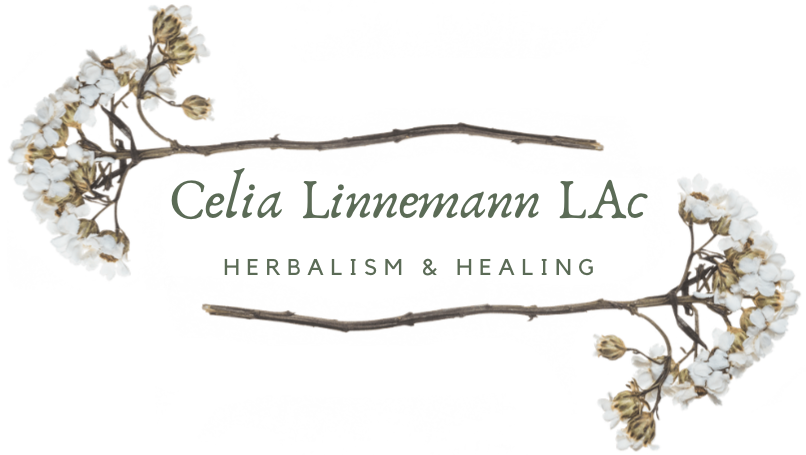
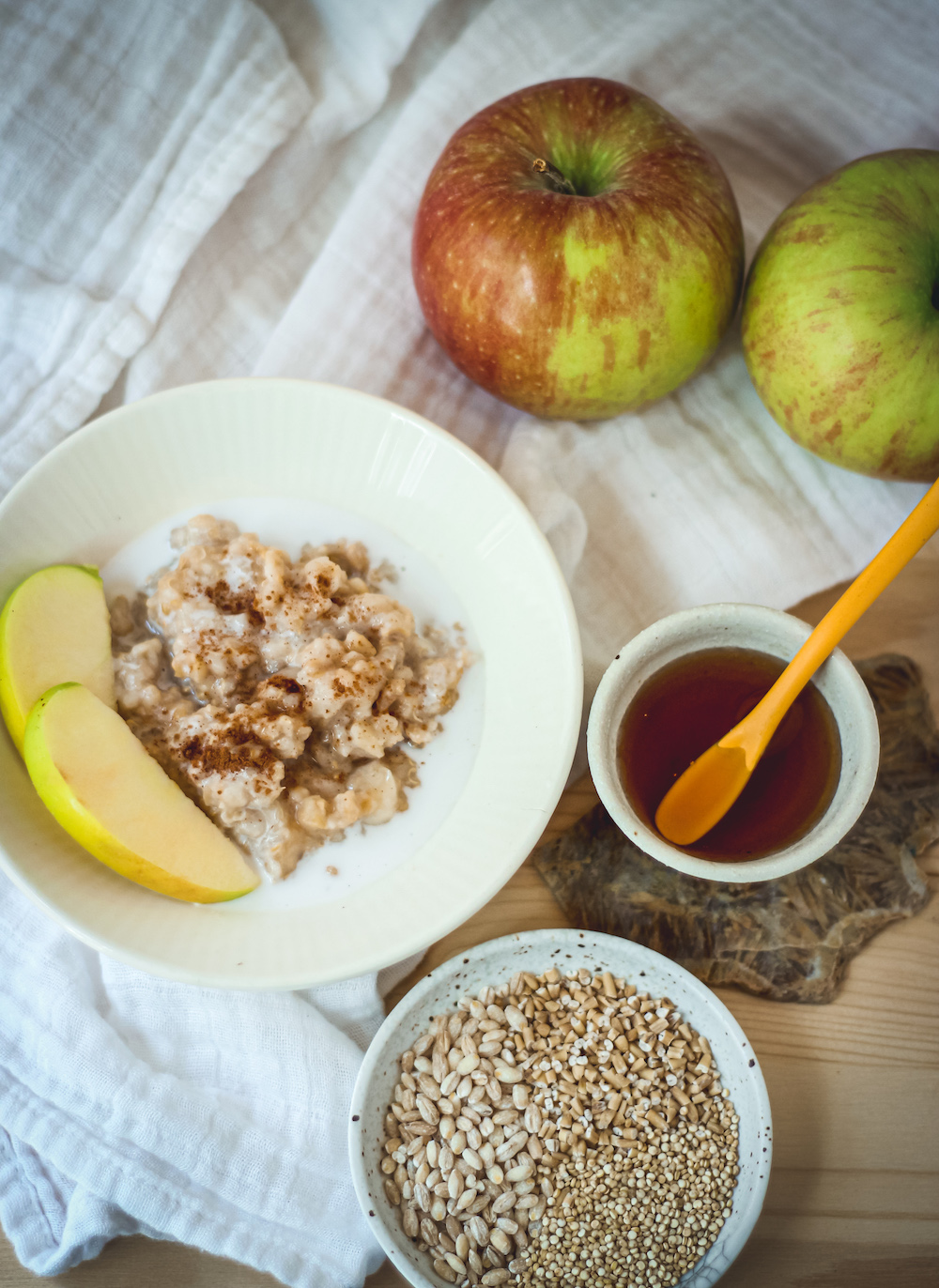


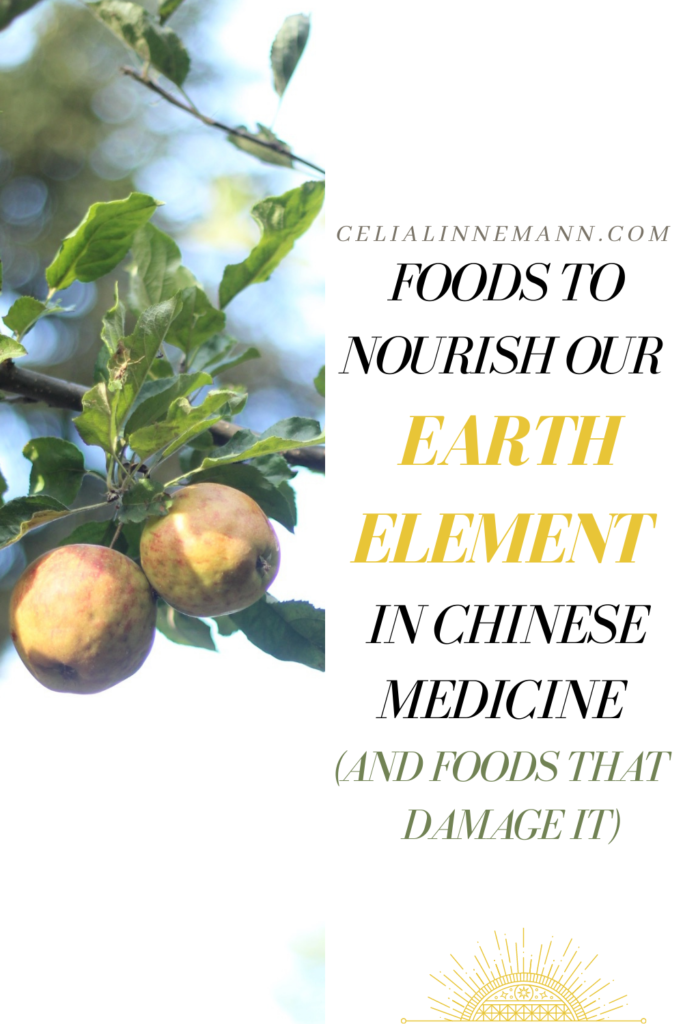
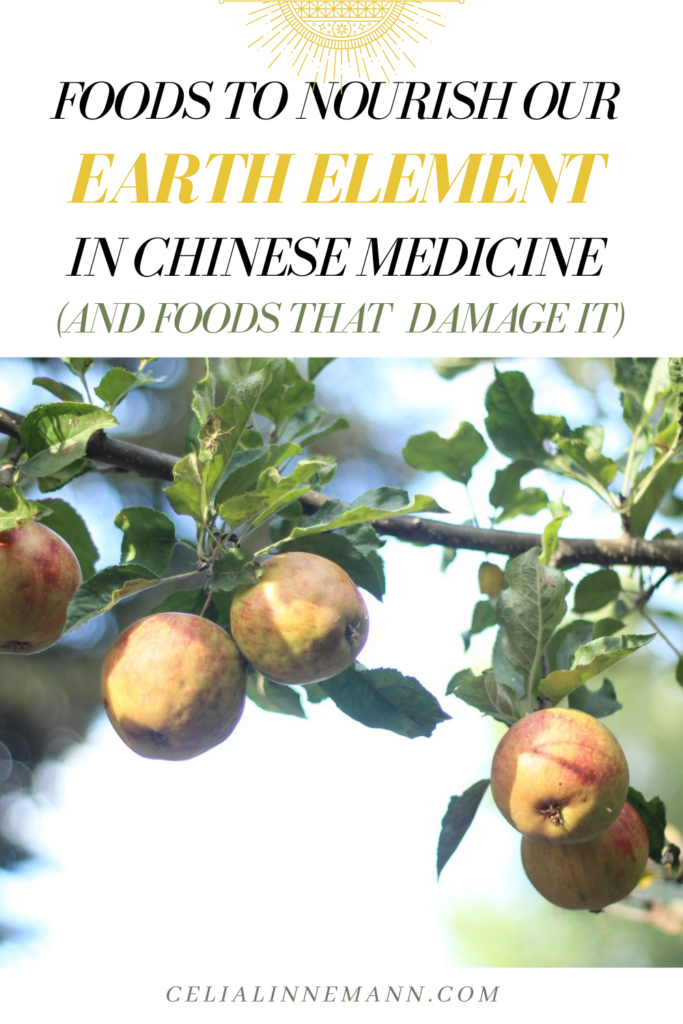





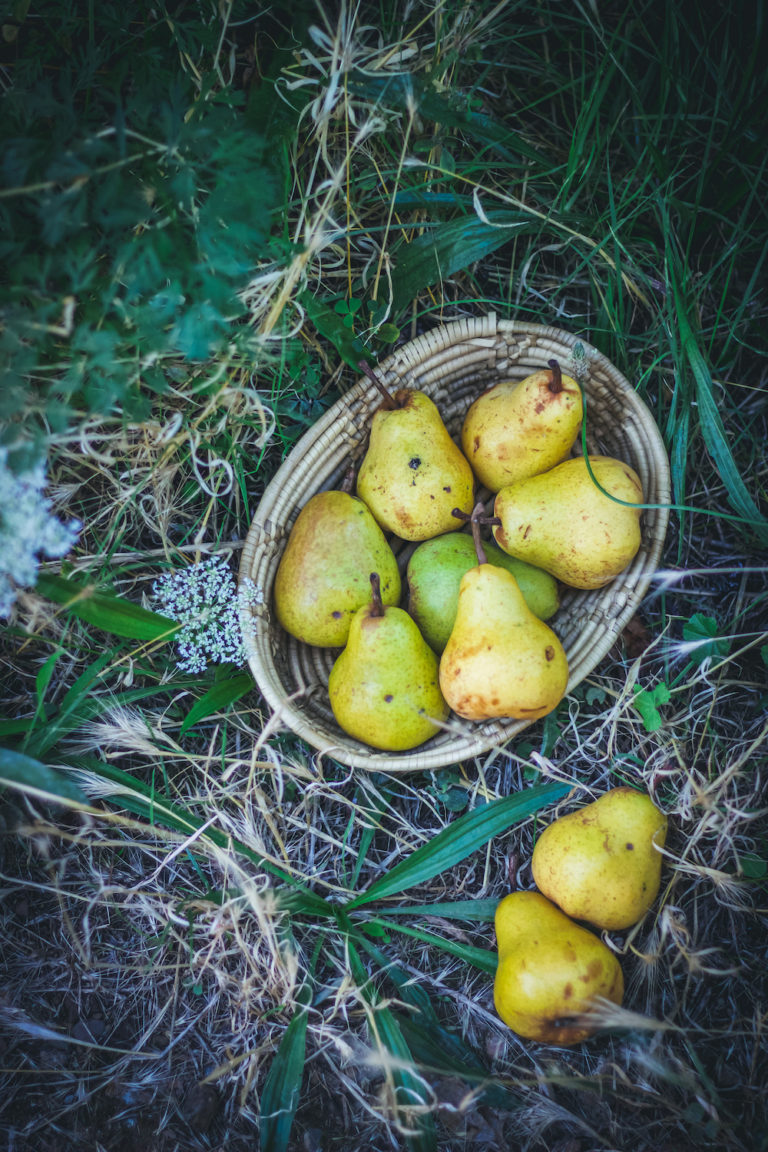

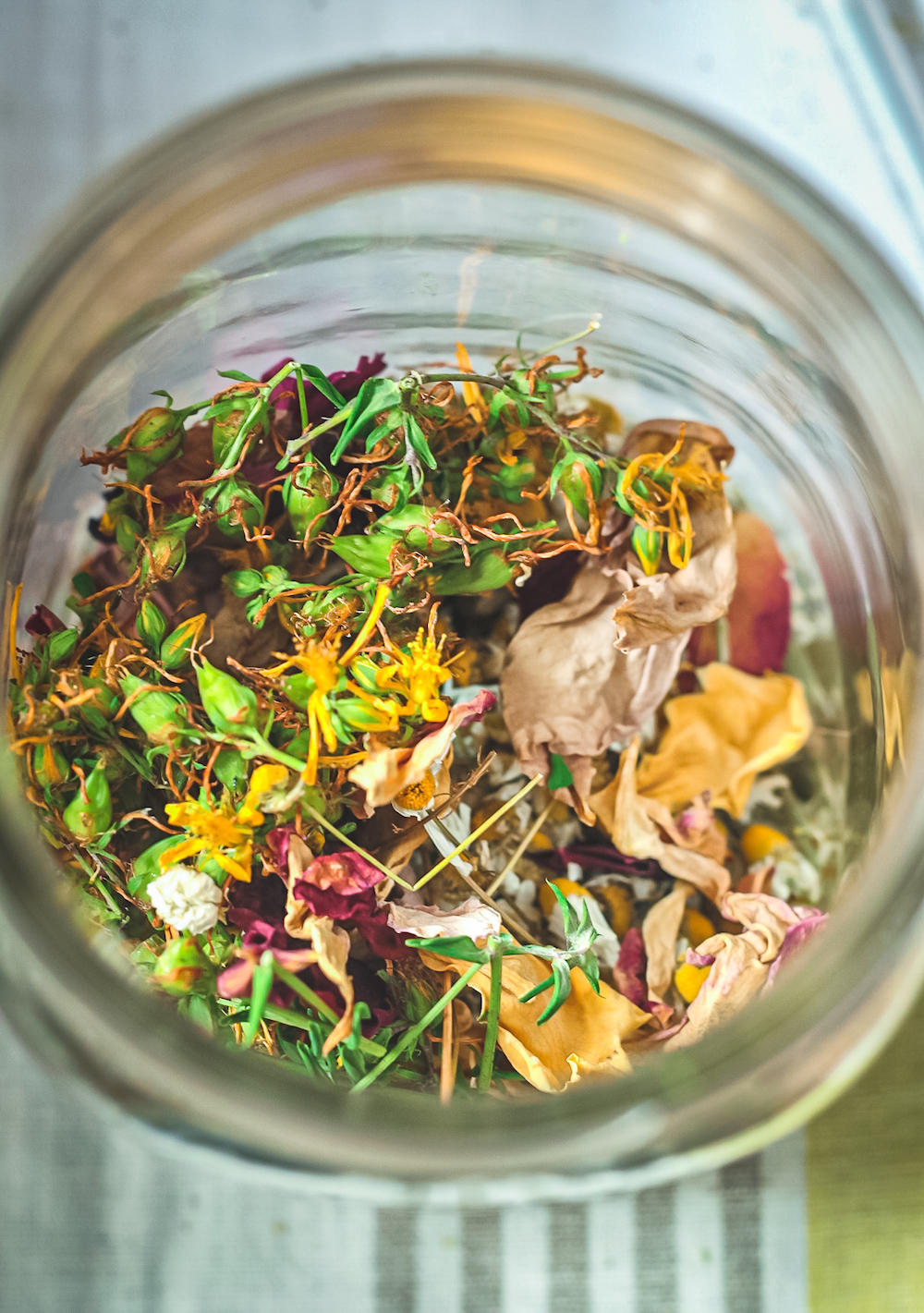

4 Comments